Introduction
Across the Arno river where the locals live an authentic lifestyle, lies Dini Caffè, a family owned coffee roastery committed to producing high quality coffee. At first glance, Dini caffè looks like any other home in Italy, but between the double doors of Via dei Bastioni n. 38 is a place much more than a home. Full of rich family history and genuine recipes, Dini caffè is a coffee experience you won’t find anywhere else. Established in 1939, Alberto Dini was the proud owner of the family business. The caffè has been passed down through the generations, from Elizabeth, Alberto’s daughter, to Serena and Benedetta Nobili, Elizabeth’s daughters. They are the current owners, who we had the pleasure of meeting! The caffè has made it through not only the three generations, but also the infamous Florence flood of 1966, which destroyed the original building.
Every. Single. Bean.
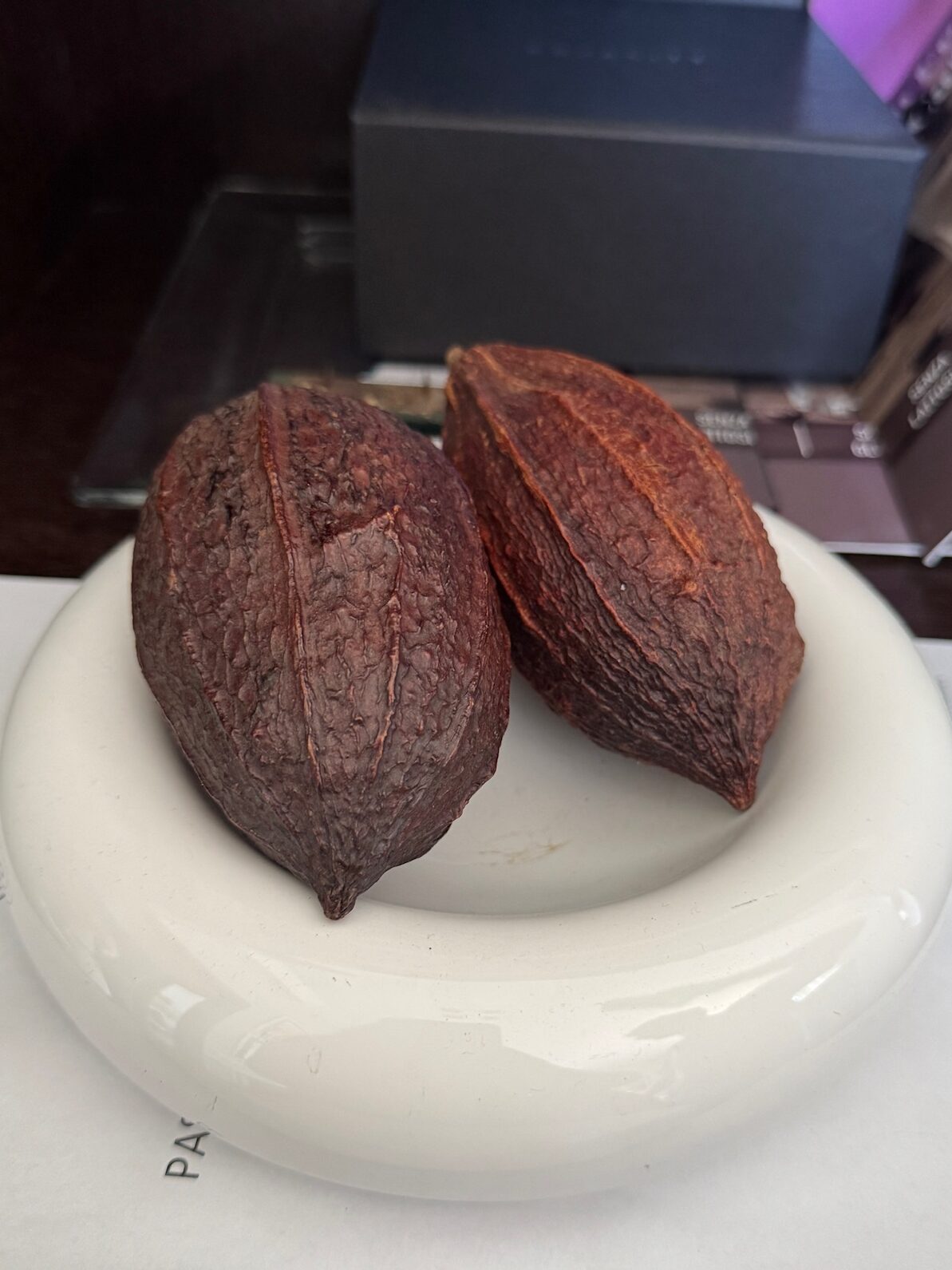
The cafe itself houses elite machinery and family recipes that keeps their coffee fresh and savory. During our visit, we had the opportunity to talk with Serena about the harvesting, processing, inspecting, and roasting processes that go into each bean of coffee that is packed and brewed. Dini caffè imports their coffee beans from various locations across the “bean belt” which includes the countries located between the Tropic of Cancer and the Tropic of Capricorn. Brazil, India, and Guatemala are among the vast providers for Dini Caffè’s delicious beans. What stood out tremendously was how Serena and Benedetta visit each coffee plantation. Personally meeting the workers and assessing the ethics of coffee harvesting is a reflection of their character and the roots behind this coffee company. Fostering relationships and creating a healthy work environment is reflected not only in the taste of the coffee, but in the presentation as well.
Harvesting
Something many people don’t know is that coffee is actually the fruit of a plant! The fields containing these beautiful flowers smell abundantly like jasmine. Coffee grows in cherries and every cherry contains two beans. The cherries have to be picked individually by hand and are often harvested by women along the “bean belt”. It takes approximately 50 coffee beans to make a singular espresso… that’s a lot of beans!
Processing
After the harvesting process is complete, there are two different types of processing coffee beans. The first is the wet process, which is less common because the coffee beans then need to be laid out in the sun for drying. However, the dry process takes longer and is a more intricate way of processing the beans. Each bean has to be separated from their skin by hand and then sorted based on color and density.
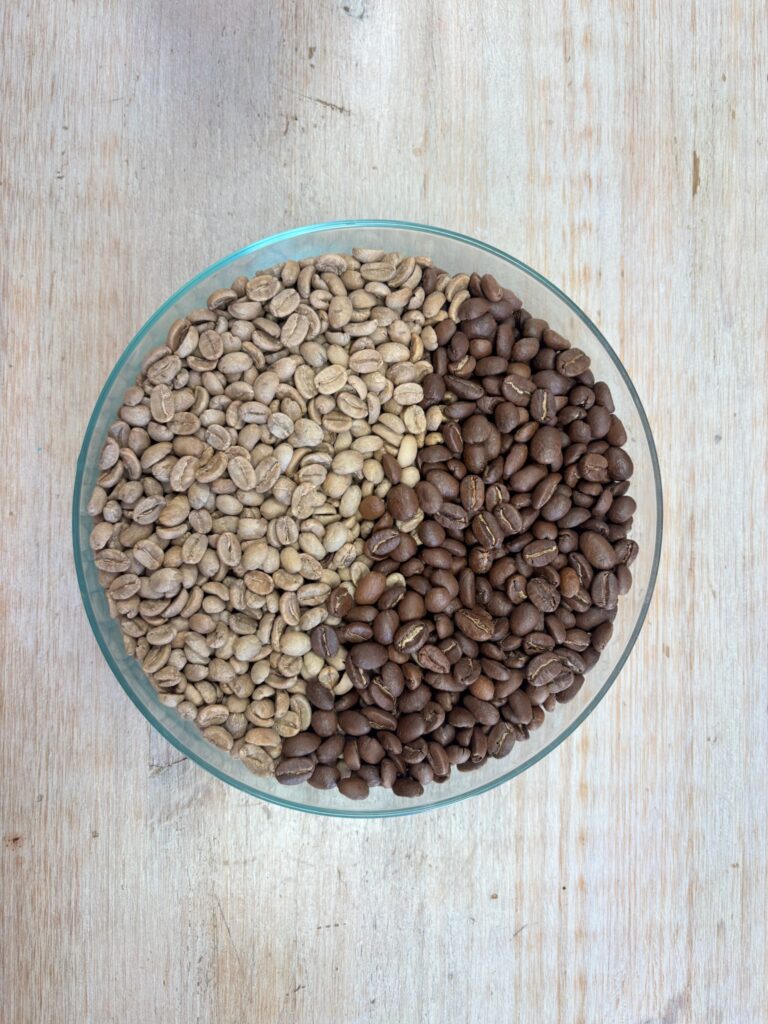
Inspecting
During the third step of this year-long process, from bean to cup, professional coffee tasters work their magic! The beans are inspected and tasted at the plantation, before shipment, and after shipment. Cupping is the standard method for trying coffee, generally about 5 cups are tasted to ensure quality coffee. Serena explained to us that it is important to make sure there is no filter with these cups of ground coffee and water. The filter may affect the taste by diluting the natural taste. It takes only one defected bean to spoil a whole cup, this method prevents that from happening.
Roasting
Roasting the coffee is a skillful art that Dini Caffè has mastered. It takes a full year before coffee gets to the roasting stage and onto the table. During this lengthy process, the color, density, and smell all change. Unique products are created by mixing different types of coffee. It is truly a form of art for coffee roasters to be able to create such perfect combinations. Dini Caffè takes pride in their artistry of coffee making and has truly transformed the way a roastery is run. Using a 60-kilogram Brambati machine, the roastery is able to process better quality for each cup of coffee sold. This machine is smaller compared to many roasteries in Florence, but that is because Dini Caffè always chooses quality over quantity! The beans get turned over in the Brambati with 400-500° hot air, so they will cook evenly on all sides. Serena explains you have to listen for the “CRACK” noise to know when they have exploded and are ready to move to the next stage. The beans then take about 5 minutes to cool down from 400° to 100°. However, every type of coffee bean has its own temperature, time, and roasting curve.
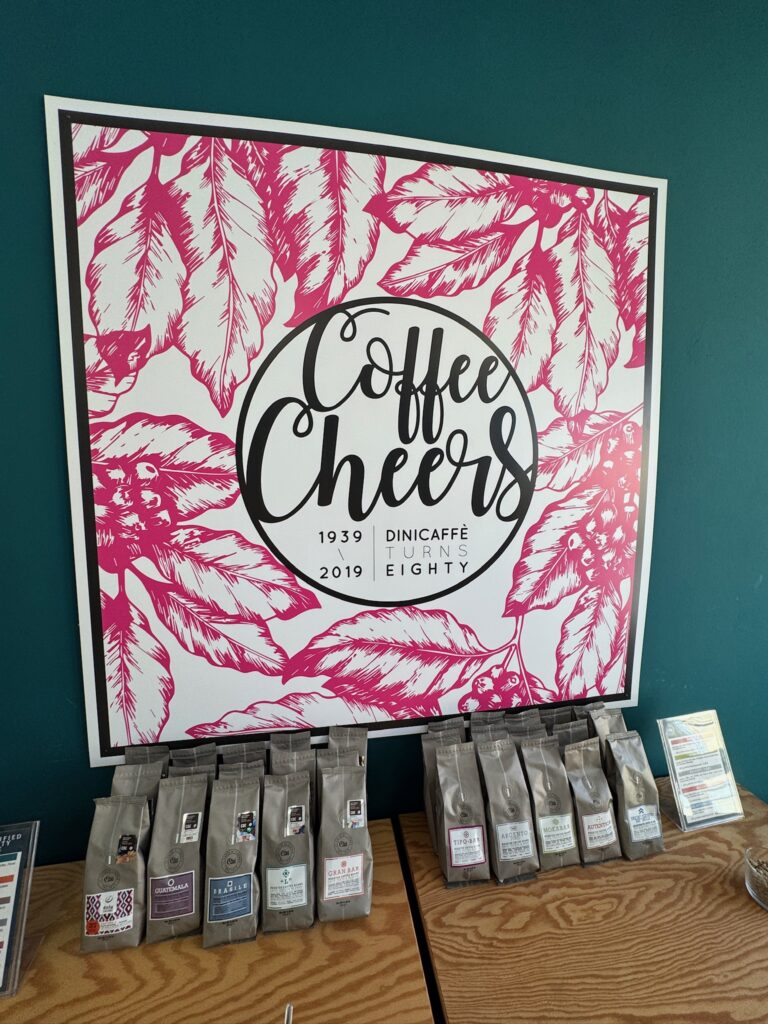
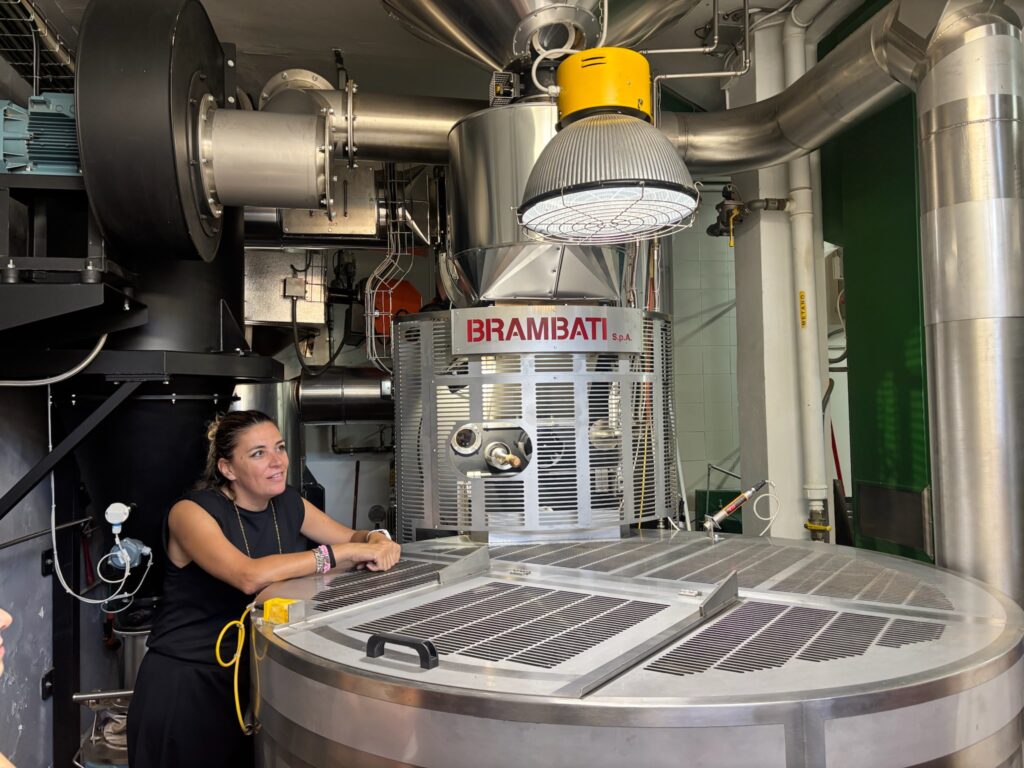
Red, Set, Blend!
After roasting, coffee gets moved by hand into the roasted coffee warehouse of Dini Caffè. It sits here for 1-2 days in order to rest. Serena shares that each type of blend is made according to their grandfather’s recipes (plus a bit of tweaking to their liking). An amazing attribute about Dini Caffè is that they actually share all of their recipes for blending beans because they are so proud, and would rather not hide it! A vacuum type machine is used to pick up the beans for each recipe into the giant mixing bowl. A scale is then used to make sure each bag has the same amount of beans getting shipped out of the warehouse. The coffee is now ready to be passed to the last floor!
Almost There!
It is now time to use the incredible Dolzan packing machine! There is a one-way valve that removes all of the air from within the bag of coffee beans to preserve them for shipment. Several components including air, light, and humidity can be absorbed by the coffee and tamper with its taste. This is why Serena will never use clear plastic packaging, where light can attack her beans. The packaging labels are designed based on a Florence church floor, according to Elizabeth. The coffee is now on its way to baristas where they will pleasure customers with a cup of intense, piping hot deliciousness!
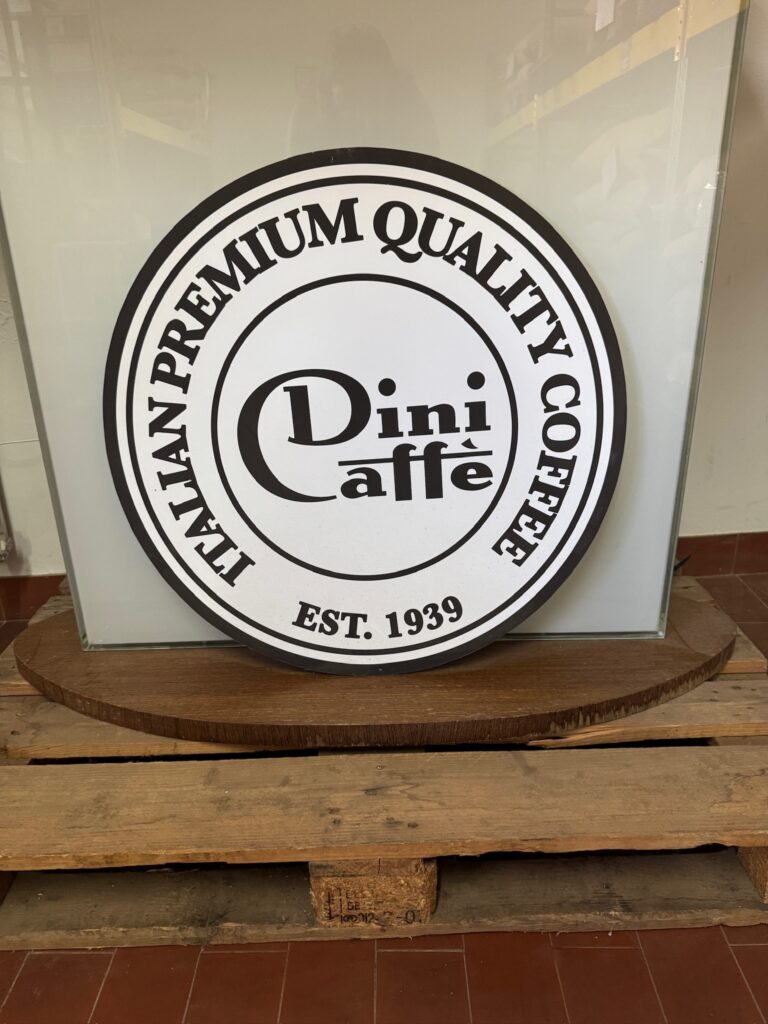
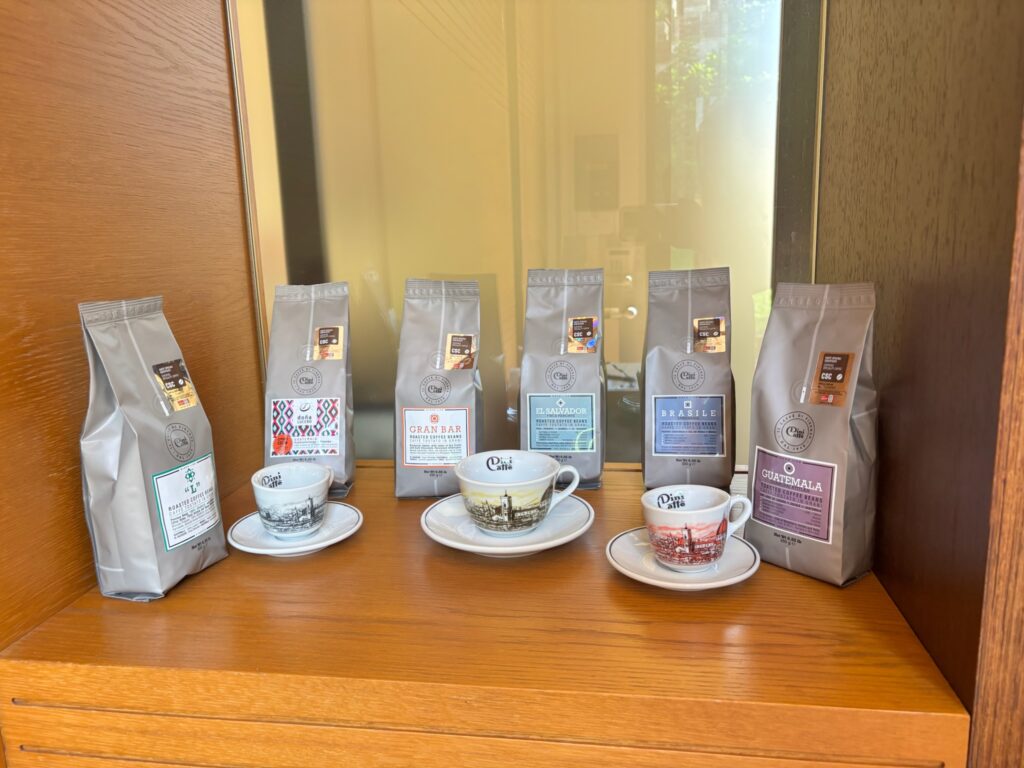
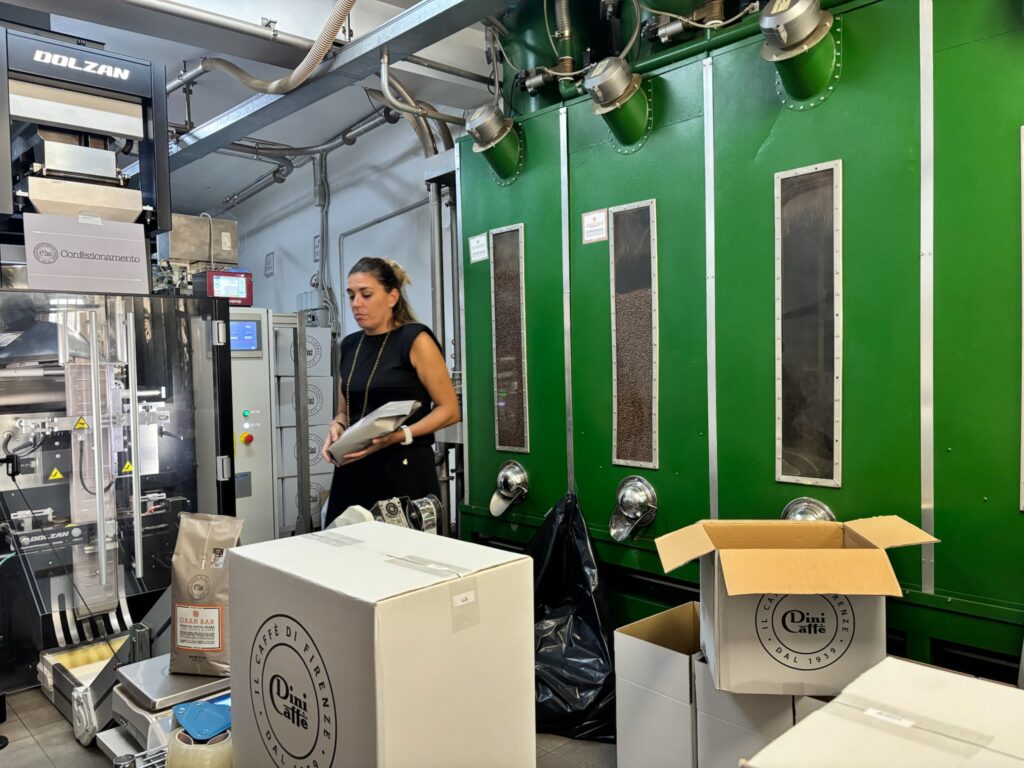
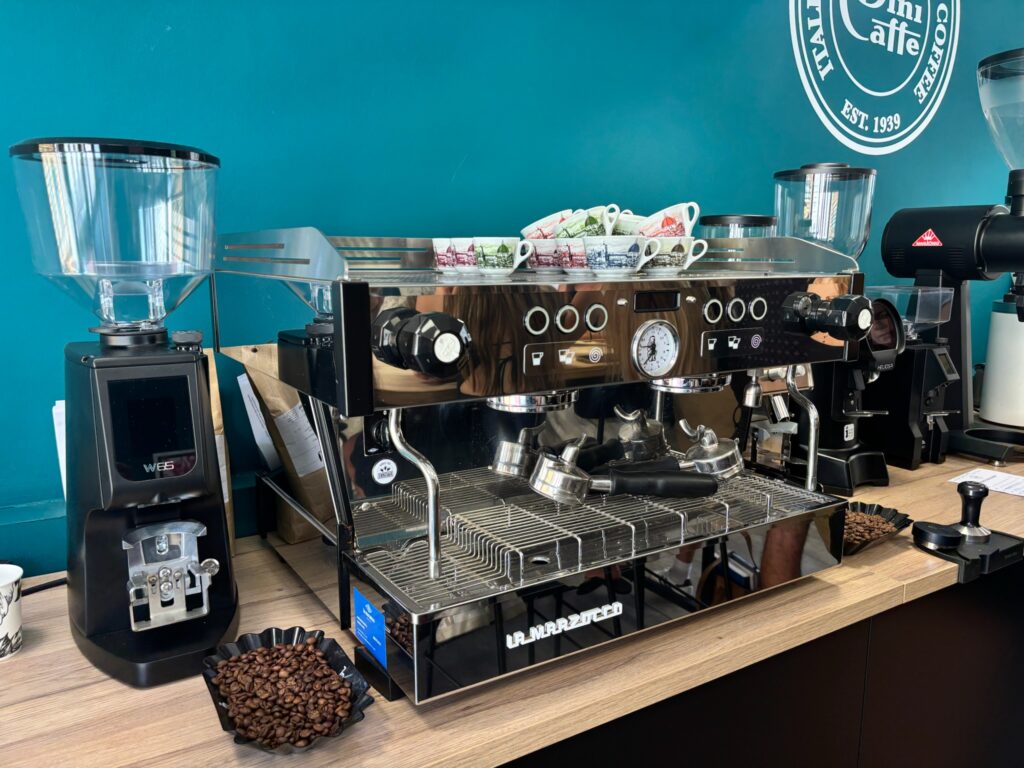
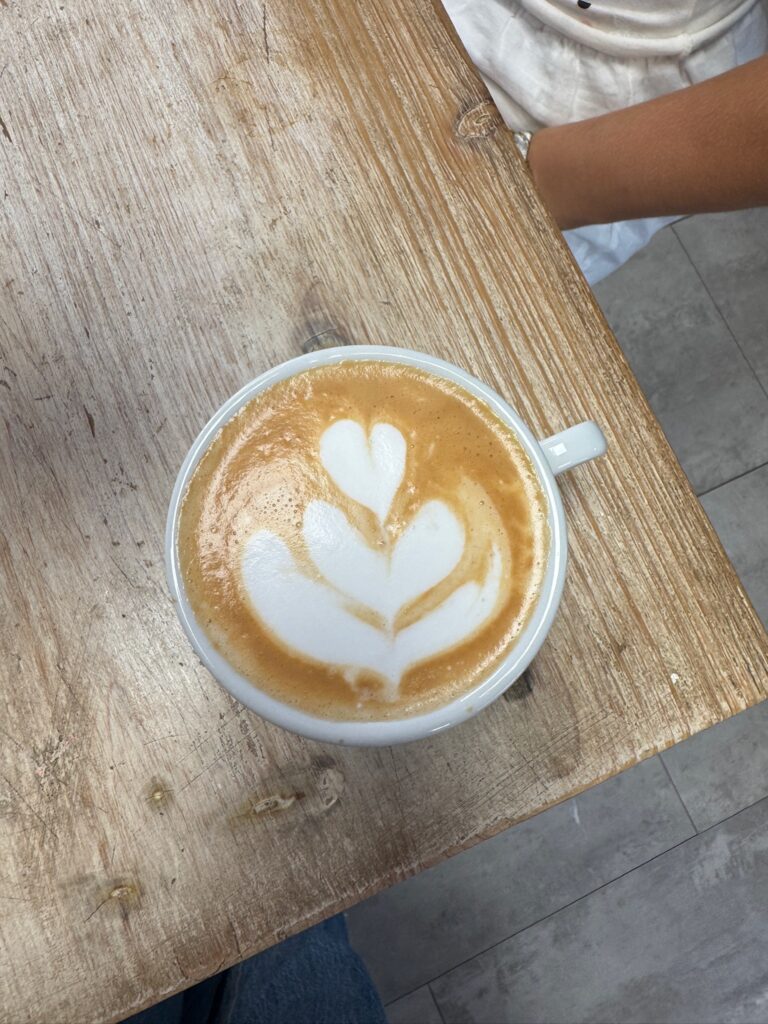
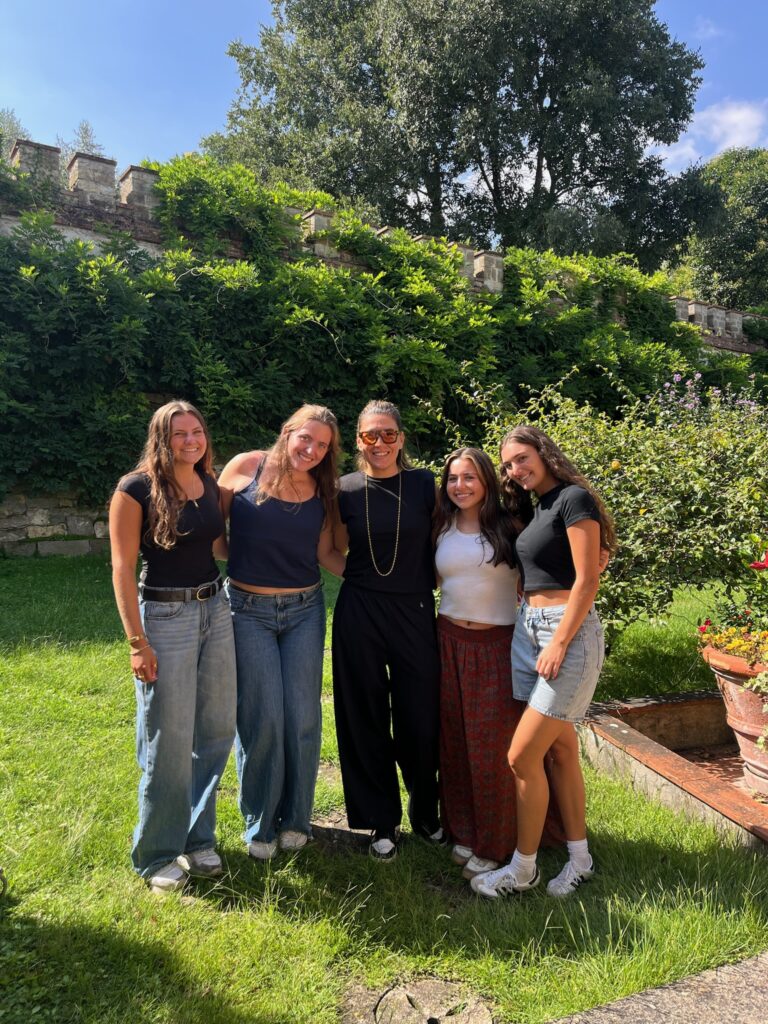
Instagram: https://www.instagram.com/p/DO4HpNeEbkT/?igsh=OXNlMXY3djYyaGN4
Authors: Ella Damon, Alessia Visocchi, Olivia Aselton, and Cecelia Carnelli
